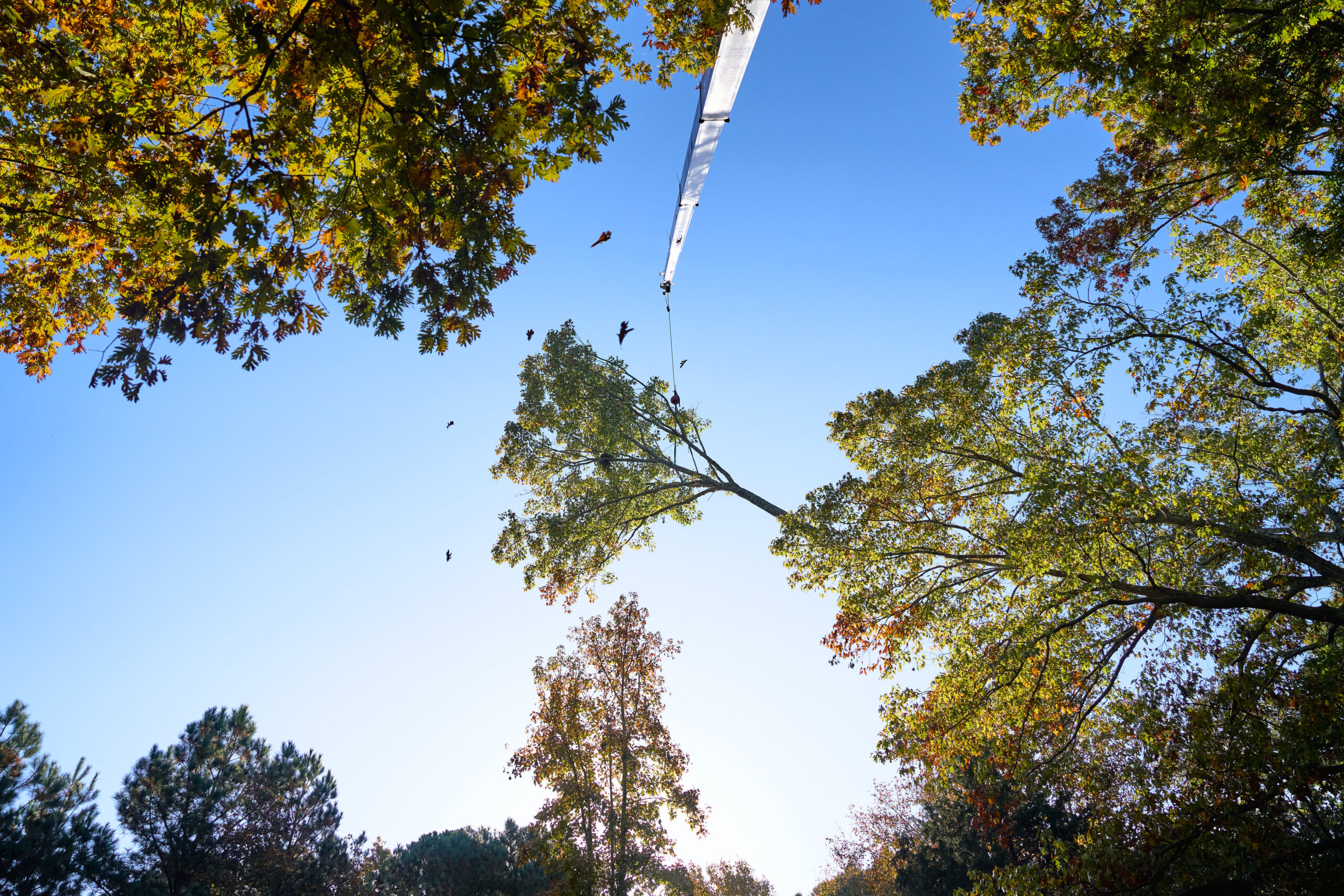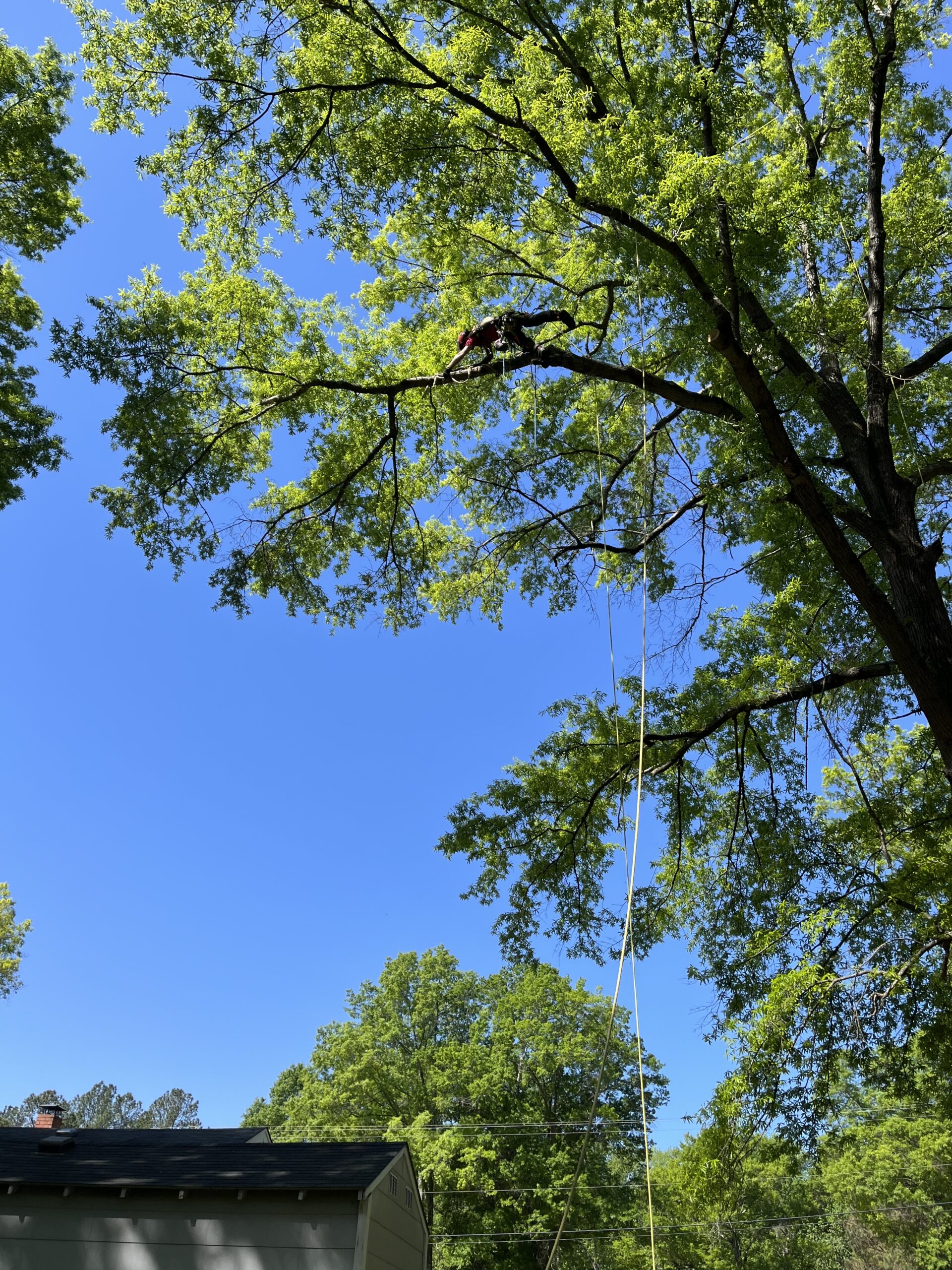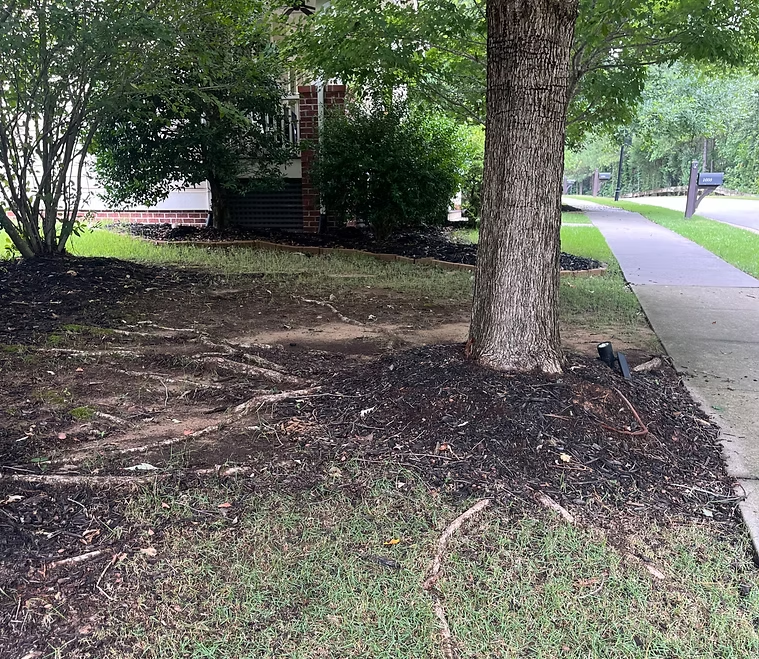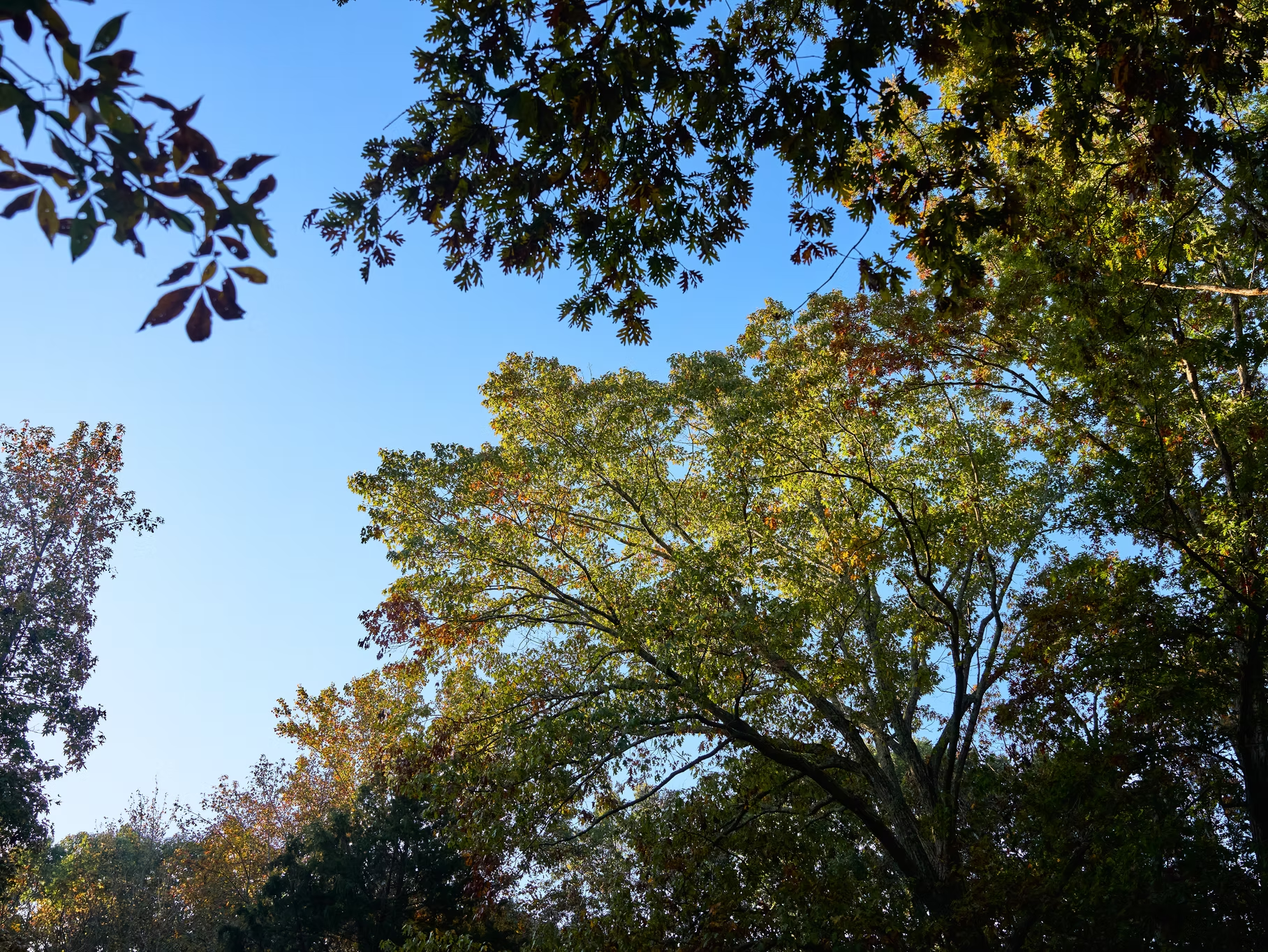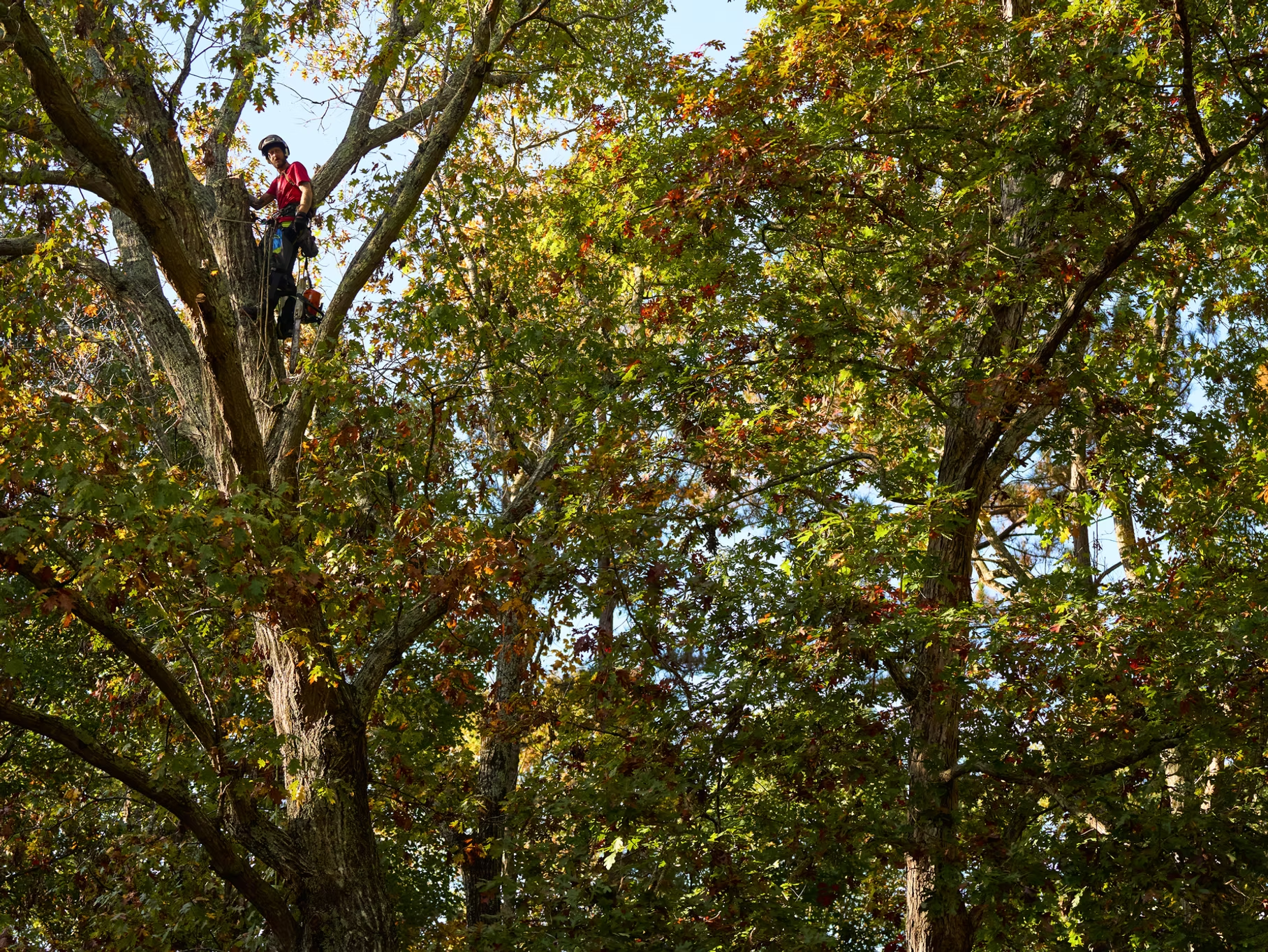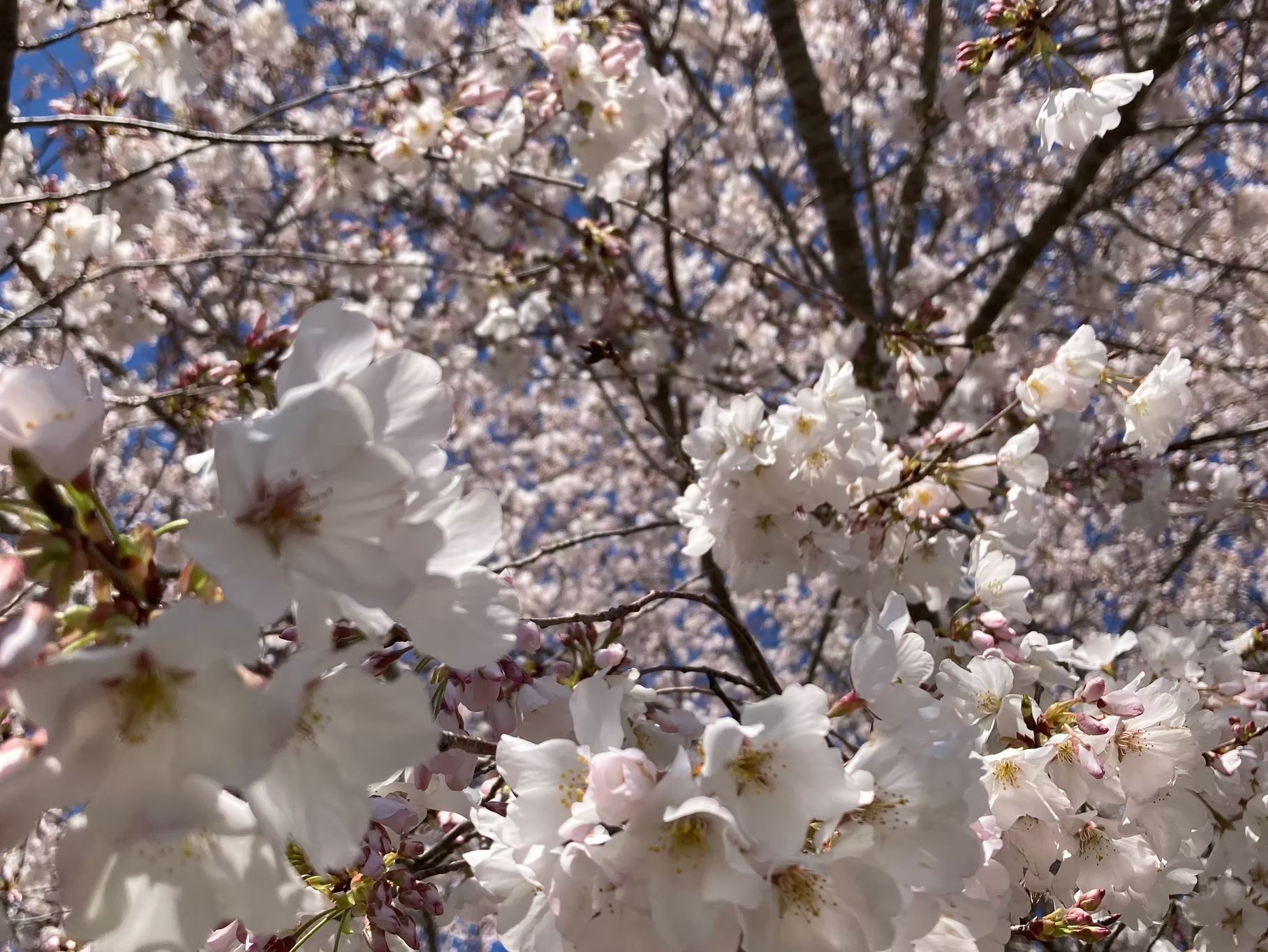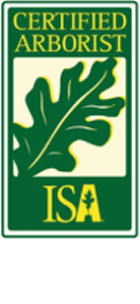How to Care for Your Mature Oaks
Updated on: September 9, 2025

f65ede_17bb00b8a3ba438fa9cc6a69c31bd417~mv2
Tommy taking a close look at one of the biggest mature white oaks we've ever seen!
Mature oak trees are a defining feature of many properties throughout Chapel Hill and the surrounding Piedmont region. These majestic giants offer beauty, shade, energy savings for your home, and ecological benefits– but older trees can be more sensitive to environmental stress than younger trees, much like people! If you have a mature oak (or any mature native tree) on your property, here are some key ways to support its health and longevity.
1. Protect the Root Zone
One of the most critical areas for a tree’s health is often the least visible—the root zone. For mature oaks, the root system can extend well beyond the drip-line (the edge of the tree’s canopy). Compaction from vehicles, foot traffic, construction, or even mower damage to surface roots can stress out roots and reduce the tree’s ability to absorb water and nutrients.
Tips:
- Avoid parking vehicles or storing materials under the tree.
- Avoid major grading changes in the root zone of mature trees whenever possible.
- Use 2–4 inches of mulch (arborist wood chips are best!) around the base, keeping it away from direct contact with the trunk.
- If you’re planning construction nearby, consult an arborist to create a tree protection plan. Paclobutrazol treatment can be very useful for mitigating construction stress.
- Also be mindful of mechanical damage to lower trunk– avoid vehicles or equipment hitting the tree and creating a wound which can become an entry point for disease.
2. Water Management
Mature oaks generally don’t need regular watering under normal rainfall conditions or even mild/moderate drought conditions. However, in times of extreme drought and heat—deep, infrequent watering can help mitigate stress. Nutri-root application ahead of and/or during the summer is another great way to reduce drought stress and improve soil moisture.
What to do:
- Nutri-root applications 1-6x throughout the growing season (with June-August being the most impactful timing for drought resilience).
- In rare cases of extended drought, water slowly and deeply near the base of the tree (not against the trunk or exposed buttress roots) during extended dry periods.
- Avoid overwatering, watering frequently/ unnecessarily, or creating standing water.
3. Monitor for Pests and Disease
Chapel Hill oaks can all be affected by a wide range of issues including (but certainly not limited to):
- K. deusta, Armillaria, or other root rot fungi.
- Hypoxylon or Phytophthora cankers.
- Ambrosia beetle, two-lined chestnut borer, orange-striped oakworm, and other insect pests.
Symptoms like thinning canopies, premature leaf drop, dying branches or tips of branches, obvious insect activity (seeing bugs, bug poop, or chewed leaves or wood), or fungal growth near the trunk are signs to call in a professional. In most cases, healthy and low-stress trees are going to be less susceptible to nearly all pests & diseases. Supporting your trees and reducing stress factors is the best way to avoid these issues. However, there are treatments for many (but not all) of these issues if they do occur and the issue is caught early enough.
4. Support with Preventive Treatments
Trees in urban and suburban environments are almost always dealing with stress from soil compaction, pollution, and limited nutrient availability. This is why de-compaction of the root zone and mulching can be so beneficial to trees in our human-centric environments. Especially for older or visibly stressed trees, we often recommend:
-
Paclobutrazol (Shortstop or Cambistat)
This growth regulator helps redirect the tree’s energy from rapid canopy growth into root development and defense compounds. It’s especially useful for oaks in high-stress areas or those showing early signs of decline, and especially if disturbance has occurred in the root zone (construction, grading, etc).
-
Nutri-Root
This liquid treatment supports root health with a blend of nutrients, seaweed extract, humic acid, surfactants, and humectants designed to increase root development and reduce water stress. It’s a gentle, soil-enhancing option we use to help trees better access water and nutrients, particularly during drought.
These treatments don’t “fix” a problem overnight—but they can help your tree build long-term resilience, improve soil and root conditions, and avoid bigger health issues that can turn into a spiral of decline.
5. Schedule Periodic Health Checks
An experienced arborist can spot early signs of stress and help you avoid costly removals or damage. You can simply schedule a consultation with an arborist periodically (ideally every 1-3 years) to check on your trees, or you can take a more thorough approach with a monthly Tree Healthcare Program membership. We offer customizable Tree Healthcare Programs with routine assessments, data tracking over time, some included services (depending on your specific program), and discounted rates for any recommended tree work or reactive treatments. This proactive approach is ideal for homeowners who want peace of mind about their trees and more comprehensive care.
Should I prune dead limbs? When is the best time to prune an oak tree?
Removing dead limbs is win-win. Cutting dead branches off, leaving behind proper pruning cuts (and no climbing spur injuries), is a great way to simultaneously reduce risk to your property and also support your trees. When you prune dead limbs, your tree can begin to “seal” that wound faster, reducing the risk of spreading decay. Trees don’t heal wounds, they just compartmentalize around them to prevent the spread of decay. That process gets a head-start when we trim the dead limbs rather than waiting for them to slowly decay and fall off on their own.
While pruning dead limbs can happen any time of year, and we can do many pruning projects year round, larger pruning projects that involve removing a lot of living branches and leaves (particularly for older full grown trees) are least stressful to your mature oak during the dormant season. Your tree needs its leaves to photosynthesize, so removing a quarter of them during the heat of the growing season would be a bad idea! Plan your big pruning projects for the late fall through winter.
Final Thoughts
Mature oak trees are living landmarks, cornerstones of your property, often pre-dating your home (some maybe even pre-dating the United States)! If you’re unsure whether your oak or other mature tree needs support—or just want a professional eye on its health—our team is here to help.
We’re based right here in Chapel Hill and understand the specific challenges our native trees face. Contact us today for a consultation or to learn more about our Tree Healthcare options and recommendations, or just to ask some questions about how you can DIY some tree care on your property. We’re always happy to talk trees!
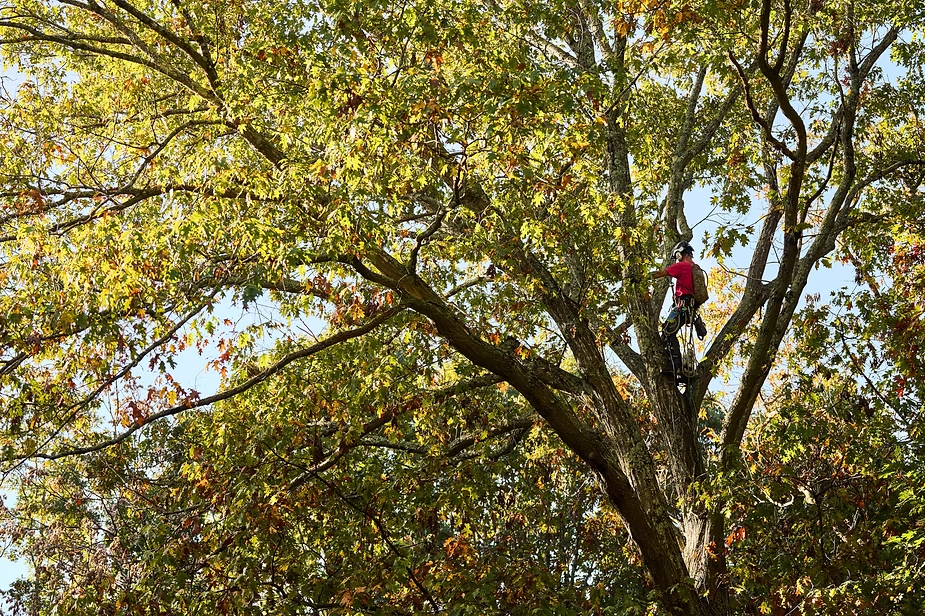
f65ede_02f4432e0a5e43b195308b48fbec593c~mv2
Tommy climbs this large beautiful red oak which unfortunately had to be removed due to extensive
decay at the base and risk to the client's home.

Sosha
She is the Owner, Operator, and an ISA Certified Arborist with expertise in everything from plant health to administrative management. A true "wearer of many hats," her dynamic life doesn't stop when the workday ends. A professional MMA fighter, banjo player, and artist, she is living proof that you can be both tiny and mighty.
Recent Posts
Local Expertise. No Sales Pitch.
We’re local tree enthusiasts who care about the health of North Carolina’s trees – and our community. You’ll get
honest advice, thoughtful recommendations, and zero pushy sales tactics.
We’re local tree enthusiasts who care about the health of North Carolina’s trees – and our community. You’ll get honest advice, thoughtful recommendations, and zero pushy sales tactics.
Hazardous trees don’t wait. We offer financing options and flexible scheduling so you can
take care of the problem now, keeping your property and family safe.


